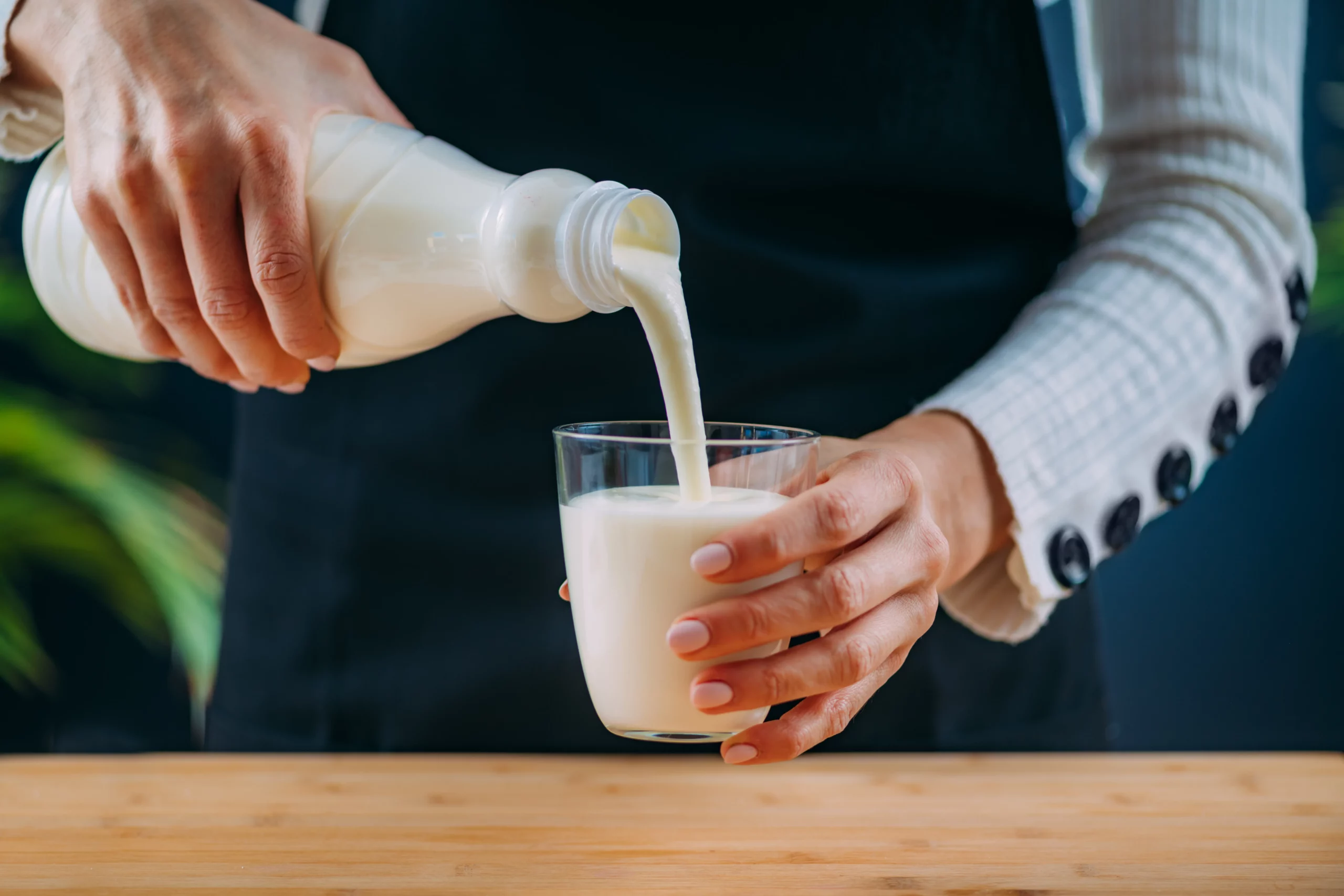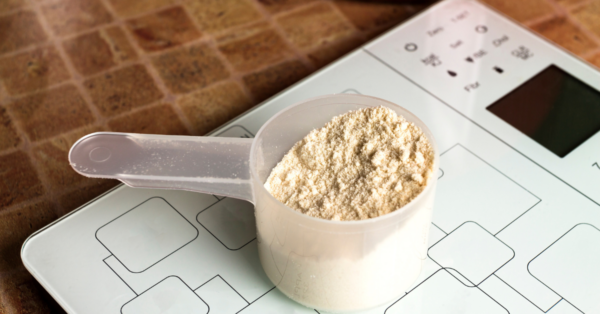When looking for a probiotic there are thousands of options on the market. It can be confusing to know what brands offer the live, beneficial bacteria needed to enhance gut microbiome and make a true difference. Oftentimes, many brands lack live cultures which has led to consumers trying to find the truth with various tests- including the viral “milk test”.
If you aren’t familiar with the milk test, it is just like it sounds. You put the probiotic in question into a glass of milk at room temperature and after a day or two check for the formation of curds or clumps. Unfortunately, only one strain actually causes curds and clumps. The cheaply mass-manufactured strain, L. acidophilus, will pass this “test” because of its ability to convert lactose to lactic acid. All other strains will “fail” the milk test.
On the other hand, the “milk test” may be an accurate way to test whether your probiotic contains a variety of strains or just L. acidophilus. Obviously, if you find that the probiotic you are using clumps milk – and it is supposed to have a multitude of strains – you may want to switch products.
The milk test might sound like a quick way to filter your probiotics, but is unfortunately not scientific or accurate. With digestive enzymes altering activity in each body differently the best way to find a quality probiotic is to look at at several factors:
- Has a enteric protective coating to prevent dissolving in stomach acids before reaching intestines
- Contains a variety of colony-forming units (CFU), over 10 billion CFU- 60 billion being ideal
- Live, active bacterial cultures indicated on its packaging
- Offers a balance of soluble and insoluble fiber which increase probiotic growth
Benefits of probiotics can vary depending on the manufacturer, so it is important to understand how to choose a high quality product. Most probiotics take up to three weeks to fully work, so make sure to give yourself enough time before evaluating effectiveness.








